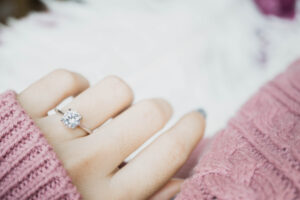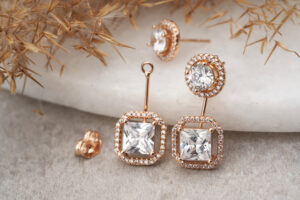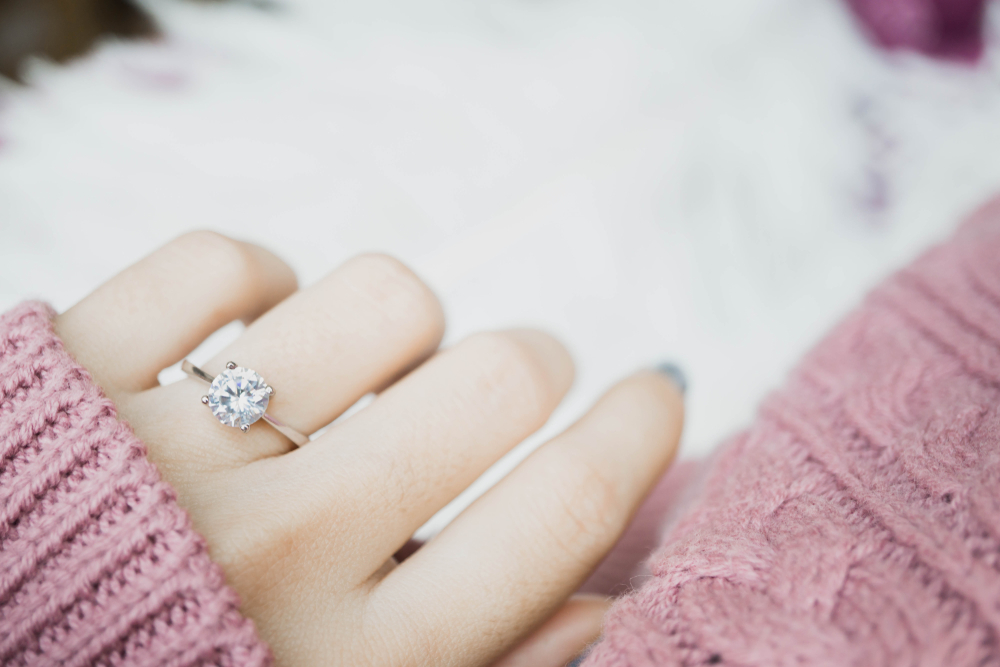
When shopping for engagement rings, customers have the option to choose between lab-created diamonds and natural diamonds. The socio-economic and environmental impacts of natural diamonds have been exposed over the past few years. When awareness about diamonds grows, so does the increasing popularity of laboratory-made diamonds. Mined diamonds are associated with bloody conflicts; their excavation requires considerable water use, creates carbon emissions, and causes significant land disturbances.
As per research, the mining process not only required shifting about 900 tonnes of earth and around 4,000 liters of water but also emitted 108 kilograms of carbon. Further, the conventional diamond mining sector damages the environment irreversibly. Therefore, researchers started to experiment with the way of making lab grown diamonds.
Researchers investigated the mechanisms involved in the natural diamond formation process. This contributed to the creation of a piece of technology that mimics the natural conditions for diamond formation with high pressure and high temperature. A laboratory can use the technology to replace that diamond formation process and transform carbon into the stone in two to six weeks. Lab-generated diamonds have long been available to eco-conscious customers. Here, we will compare these two forms of diamonds for an informed purchase decision.
Chemical Composition
Lab-created diamonds and their natural counterparts are made up predominantly of carbon. Diamonds grown with the chemical vapor deposition method are usually the purest type of lab-created diamonds. Why? Because the method usually creates Type IIa stones, the purest variety that has the least flaws.
Refractive Index
It is among the optical features of a diamond, offering lab-created diamonds and the natural gemstones their sparkle. The same refractive index means that a natural diamond and a lab-created diamond have the same sparkle and brilliance.
Dispersion

It is an optical property of a diamond associated with its refractive index. When the light goes through a stone, the red-colored light will bend the least before each subsequent rainbow color bends slightly more. Violet will bend more than all the other diamond colors that come in the rainbow. This phenomenon is known as the diamond ‘fire’. Lab-created diamonds and natural diamonds that are well cut have identical dispersion and the same stunning play of colors.
Hardness
It is a diamond feature associated with the structure of the stone. A lab-created diamond and its natural counterpart score ten on the so-called Mohs scale of hardness. This means that only a diamond can scratch a different diamond.
